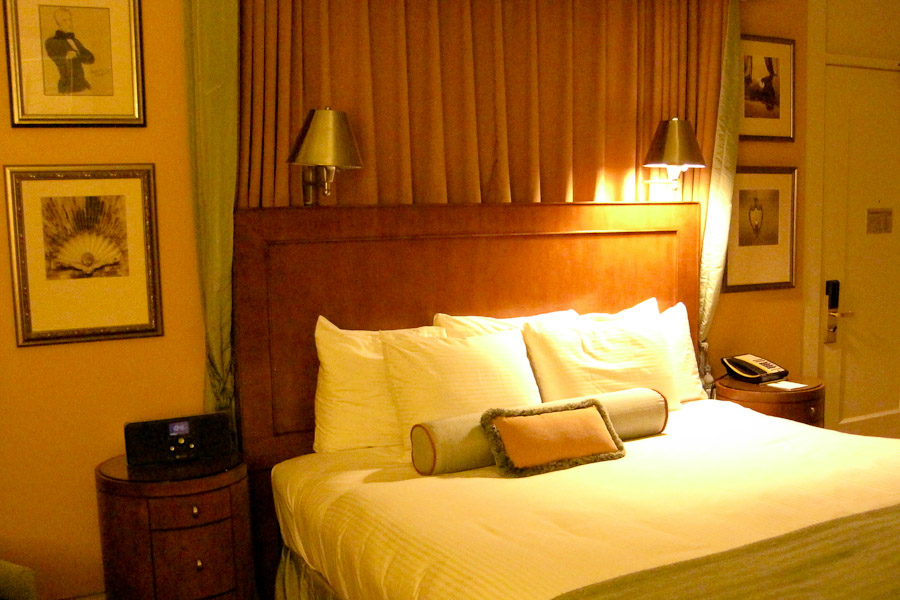I'm traveling for business right now so I don't have my real camera with me. I do, however, have a little pocket camera. I'm not disparaging the thing; it really does take better photographs than any digital camera I've owned except for the two SLRs. But after just shy of 29 years of photography, I've learned a couple of quick and easy techniques to help it along. (I wish I'd known these things when I shot on film, but who could have predicted the mind-blowing power of this decade's digital image editing software when the pinnacle of faithful photographic reproduction was Kodachrome 25?)
First among these techniques is to use a gray card whenever possible. This is a simple piece of cardboard that has a color-neutral, 18% reflective surface, that allows you to calibrate both the exposure and colors of a scene. They cost less than a take-out coffee and take up almost no room in your bag. They do two things: first, they tell you how much light is available on a scene, and second, they tell you what color the light is.
The first is harder to explain than the second. Suffice to say, your little pocket camera constantly has to guess at how much light to let in. Your eye does this automatically, opening and closing your iris as required for you to perceive, almost always, that there's just the right amount of light available. Cameras, being mechanical and not having brains, have to guess. The human eye can look at two different scenes, one of which having 32 times more light than the other, and not register a difference. If you walk under a bridge on a bright, sunny day, you can still see.
Cameras, being mechanical, can't do that. Modern cameras have automatic light meters that make really good guesses, and so most of your photos come out fine. But they make a lot of mistakes, too, particularly when the thing you want to photograph is really dark or really light.
Gray cards fix that. Your camera's light meter assumes that the average scene reflects 18% of the light falling on it, and adjusts the exposure to fit. A gray card really does reflect 18% of the light falling on it. So if you meter off a gray card, the photo will be correctly exposed.
Gray cards also fix colors. If you're in a room with incandescent light bulbs, your brain automatically corrects the colors of the things it sees. You know that's a white bedspread; you know that's a blue book cover. So your brain tells you, that's a white bedspread, and a blue book cover.
Cameras, however, don't have brains. And cameras can't see colors that aren't there. And incandescent light bulbs are orange. The consequence of these three facts is simply that a raw photograph of a white bedspread under incandescent light bulbs will look orange.
Here, for example, is a photo of my hotel room as the camera saw it:

Keep in mind, this is the correct exposure. I know this because I took a picture of my handy-dandy gray card before snapping this one. Not only did the gray card show me the correct exposure setting, but it also showed me the correct colors of the same scene, to wit:

Again, my real camera would have done a better photo, but at least with a gray card (and Adobe Lightroom), I can get reliable colors and exposures with a cheap little pocket camera.